Each well-known fashion brand has its own logo, by which it is recognized all over the world. Often this is a simple icon, but many logos are not as simple as they seem, they are carefully thought out and carry some information.
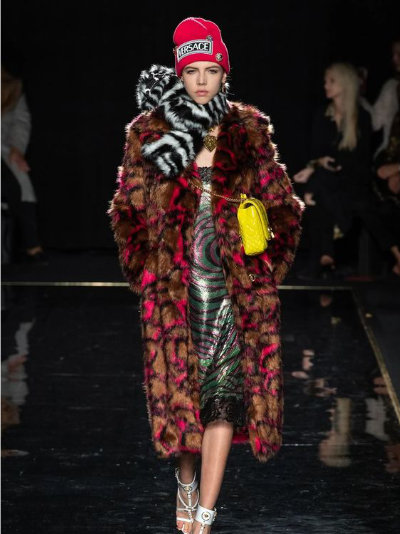
Each well-known fashion brand has its own logo, by which it is recognized all over the world. Often this is a simple icon, but many logos are not as simple as they seem, they are carefully thought out and carry some information.
There are several versions of how the logo was created. One theory says that the Chanel logo comes from the interweaving of the first letters of Coco Chanel’s name. Another version-two "C" - are the initials of Chanel herself and the main love of her whole life - Arthur Capel (Chanel + Capel).
But fans of a less popular theory attribute the authorship of the logo to Mikhail Vrubel. He drew this symbol in 1885. The symbol indicates intertwined horseshoes - as you know, the embodiment of luck. Two horseshoes - double luck. Chanel just used this symbol.
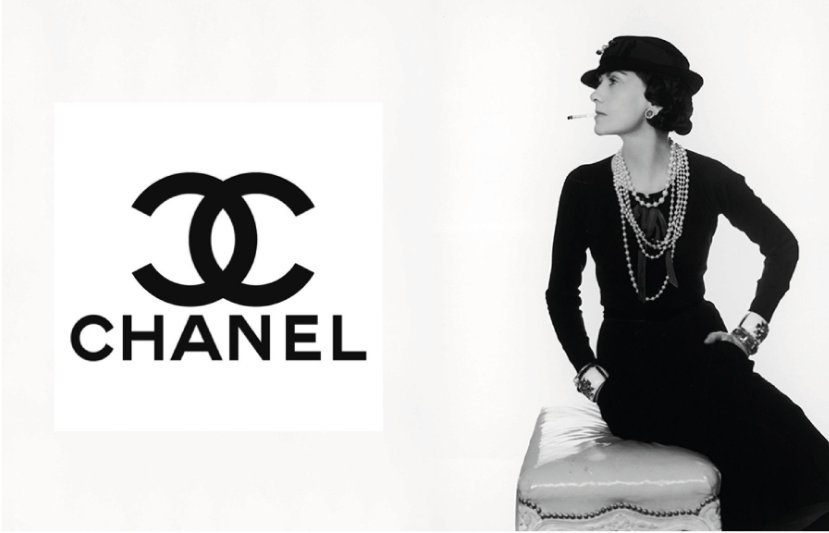
The first Versace logo appeared in 1980. The sign was a neat inscription: "Gianni Versace".
Now the logo shows the head of the Medusa Gorgon. Versace himself came up with this idea. In ancient myths, Medusa Gorgon was a beautiful woman with snakes instead of hair, at the sight of which any person turned into stone. Versace wanted a similar effect with his clothes: when looking at a woman in his dress, people around should have turned to stone and lost their mind.
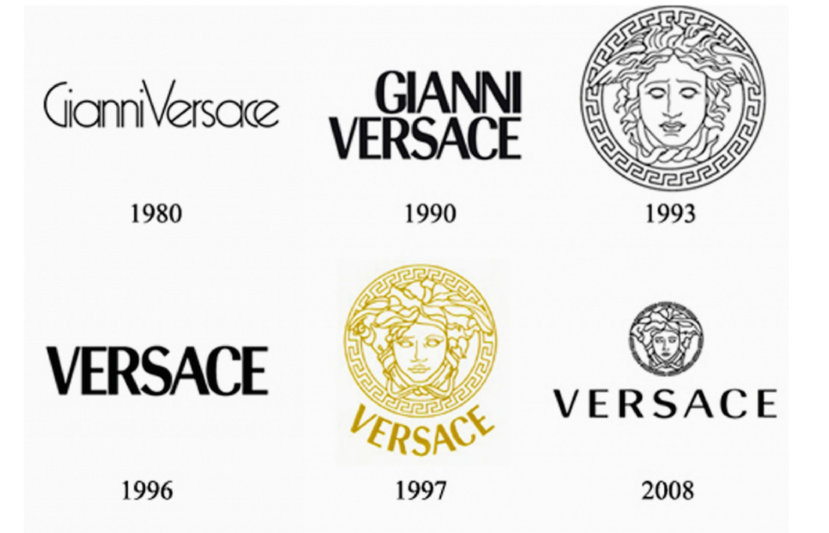
The brand was founded by tennis player René Lacoste, nicknamed "The Alligator" by the press for his tough playing style. And the nickname came from the fact that he bet on a suitcase made of crocodile skin with the captain of the French tennis team that he would win the Davis Cup. The nickname literally "stuck" to the athlete, and he decided that now it was his
lucky talisman. Since then, he began to appear on the court in things with an embroidered crocodile. When Lacoste created a clothing brand, he did not think about the logo for a long time.
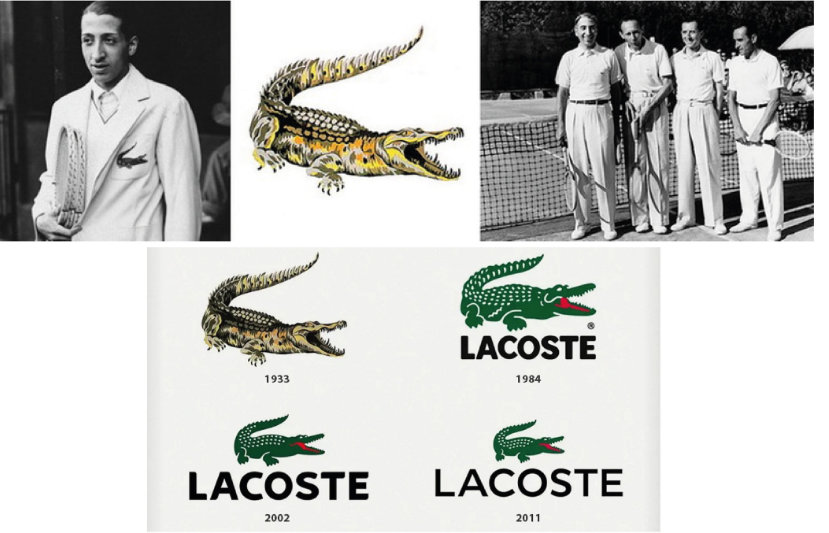
In 1901, the brand began to officially supply outerwear for the British army. Probably, such a tandem somehow influenced the creation of the brand's emblem - a knight with a spear and in armor. Also in the background was the inscription "prorsum", which translates as "forward".
Over the years, this particular emblem has become one of the most recognizable in the whole world, and the inscription on the flag still indicates the main tactics of the brand, namely the constant striving for something new.
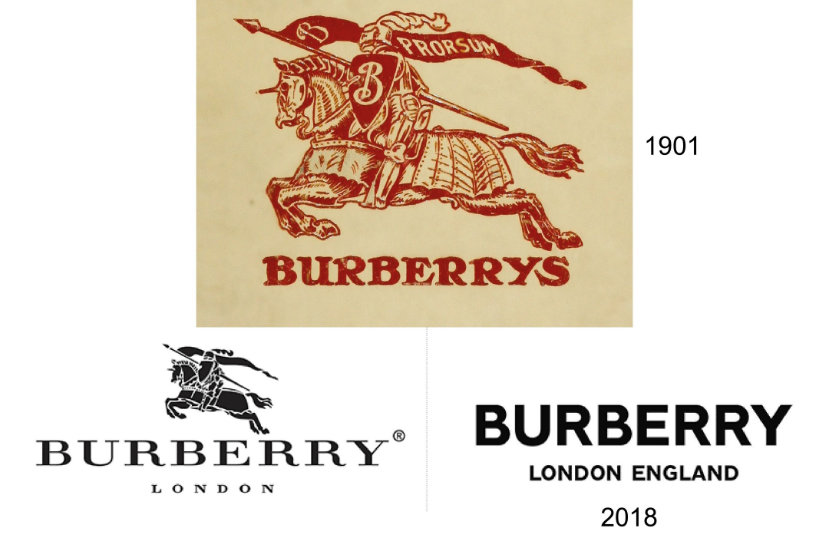
The first logo showed a squirrel sitting on a tree branch with a walnut. This image is not accidental, it was very important for the Fendi family. A painting of a squirrel was once given by Eduardo Fendi to his wife, Adele, who he said was busy like a squirrel.
In 1965, Lagerfeld, who was a designer at Fendi, drew the famous "FF" sign on a piece of paper in just a few seconds. “In 1965, the Fendi sisters asked me to make a small collection of furs. Then I thought: Fendi is Fun - and in five seconds I sketched out two letters FF.
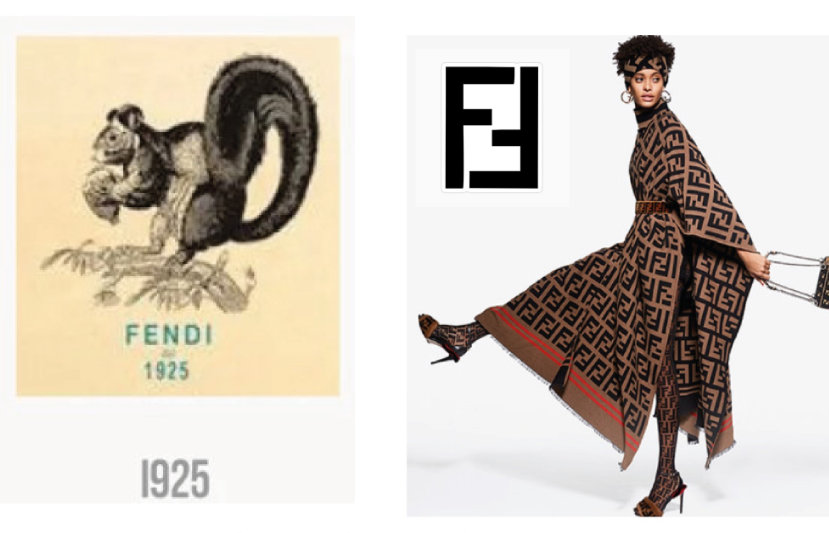
Prada was founded in 1913 - and in 1919 became the official supplier of the Italian royal court. Together with this status, they received the right to place the official symbols of the Savoy dynasty on their logo - which they did. Since then, the dynastic coat of arms has proudly flaunted at the bottom of that same logo. And above it - the year of foundation of the brand (1913)
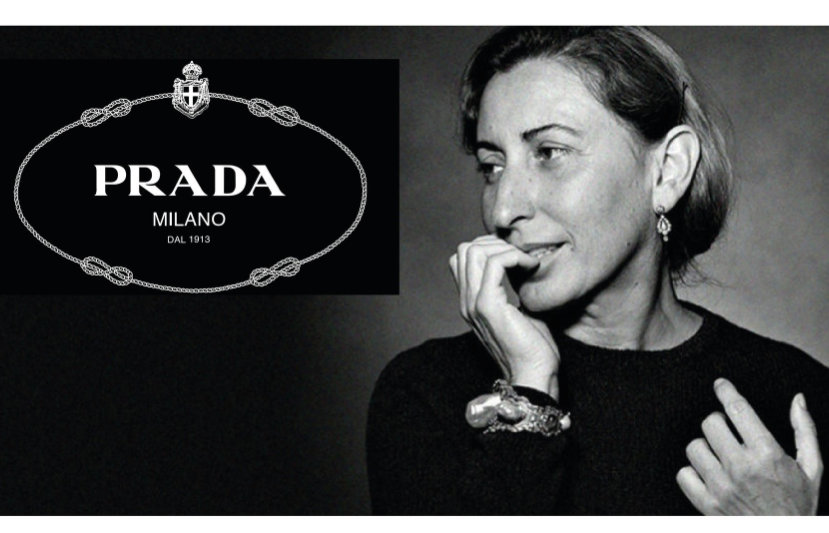
Initially, Hermès was engaged in the production of equipment for equestrian sports, and the drawing on the logo refers just to these roots. The original source for the drawing was the painting "le Duc Attele, Groom a L'Attente" by the artist Alfred de Dreux ("Hitched Carriage Waiting for the Groom"). The history of the appearance of the orange packaging of the House is no less interesting. It turns out that red boxes appeared only after the Second World War due to a shortage of paint. The owners of the House did not have the opportunity to make cream-colored boxes and bags with brown edging, so they gave a chance to bright orange - and over time this shade became as famous as "blue Tiffany".

In the 1930s, the Gucci logo is an image of a young porter in livery. It was a tribute to London's Savoy Hotel, where Gucci, while working as a porter, first picked up the luxurious suitcases of hotel guests, inspiring him to start his own business. In the 1950s, the invented family coat of arms with a knight, a rose and a wheel appeared on the Gucci emblem. The famous logo with intertwined GGs arose later: Aldo Gucci - one of the sons of Guccio - proposed placing his father's initials on the brand name - in his memory and honor.
